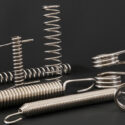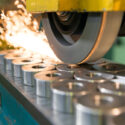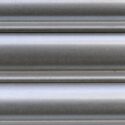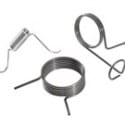Though there are many types of metal springs engineered for products and applications, the majority of them are designed to serve one of 4 functions when a mechanical force is applied—compressive, tensile, torque, or counterbalance. As a result, it’s more than likely that designers and engineers will look for a custom solution with a compression,… Read more »
4 Common Types of Metal Springs











